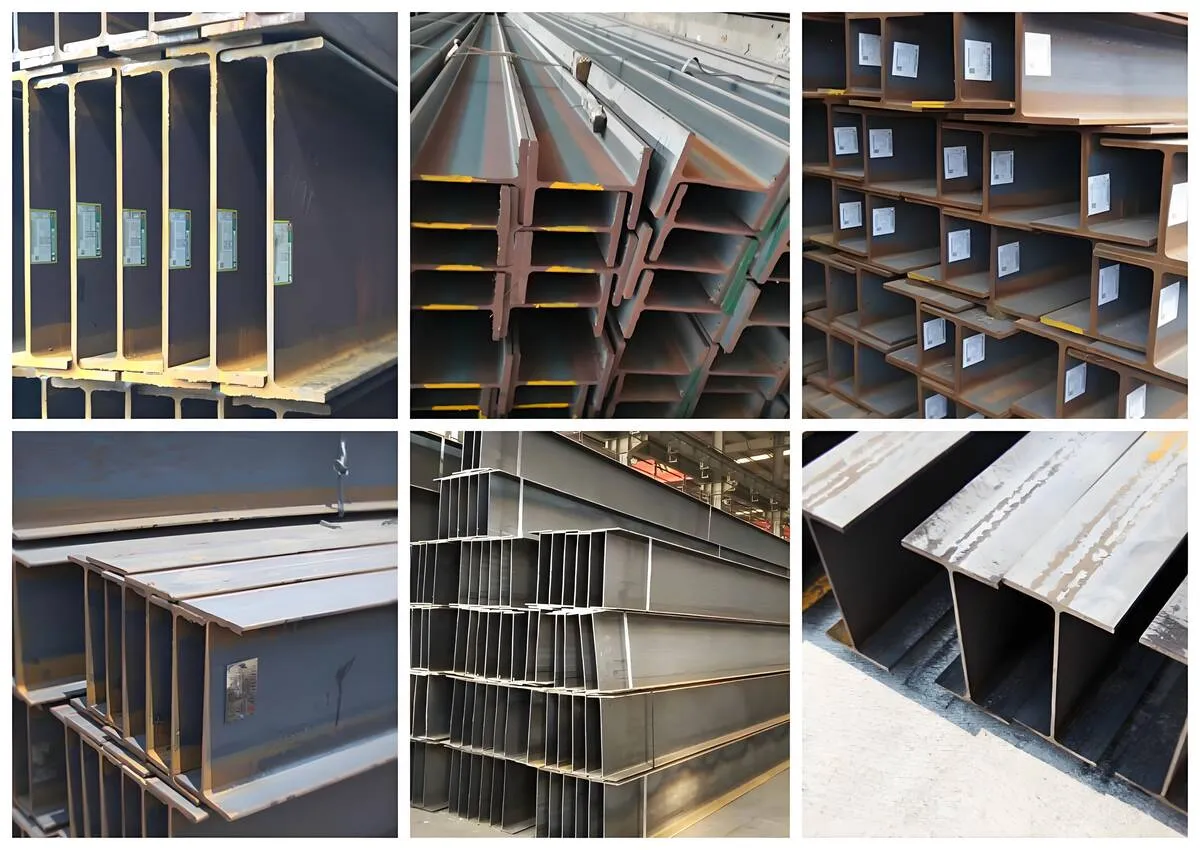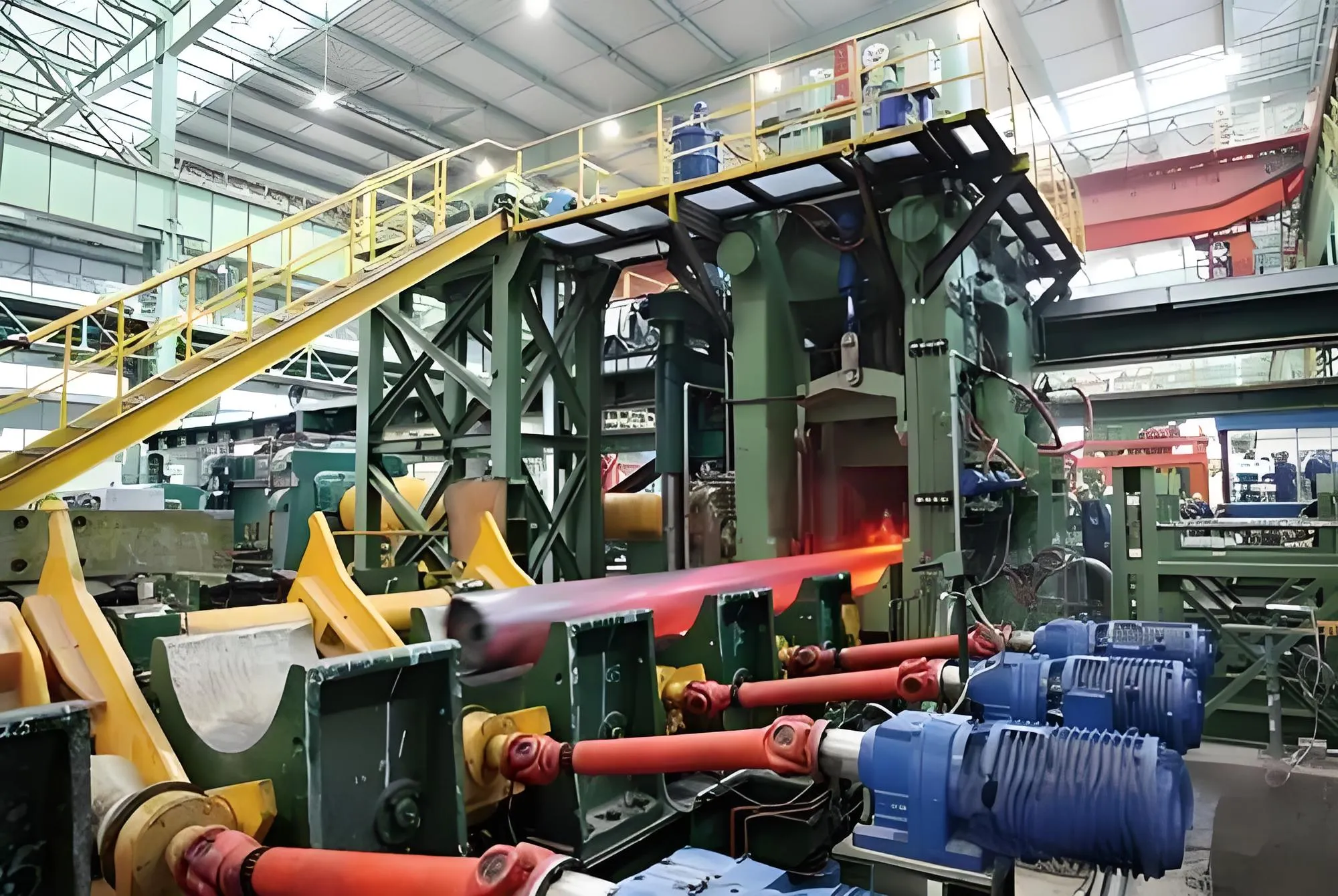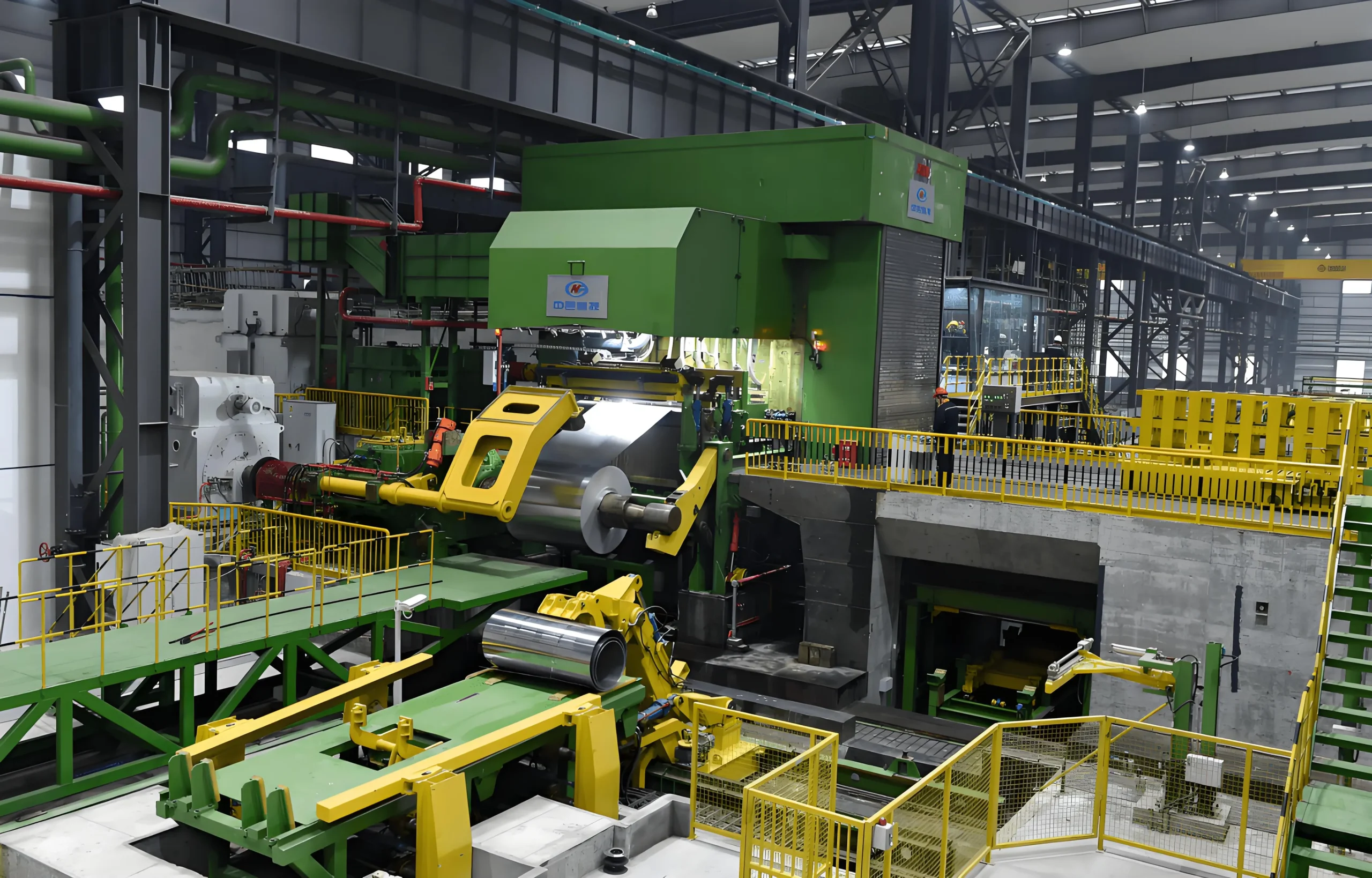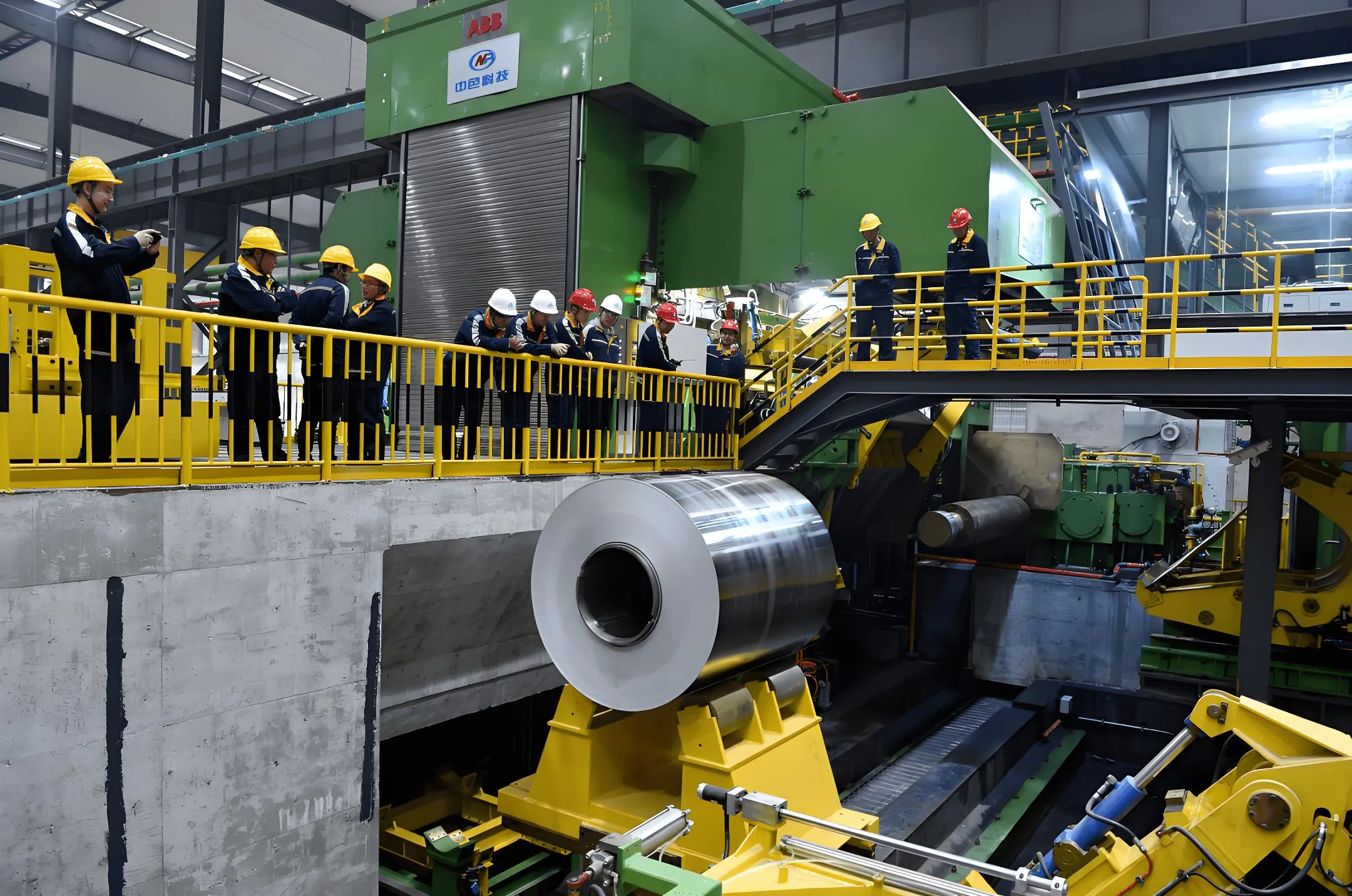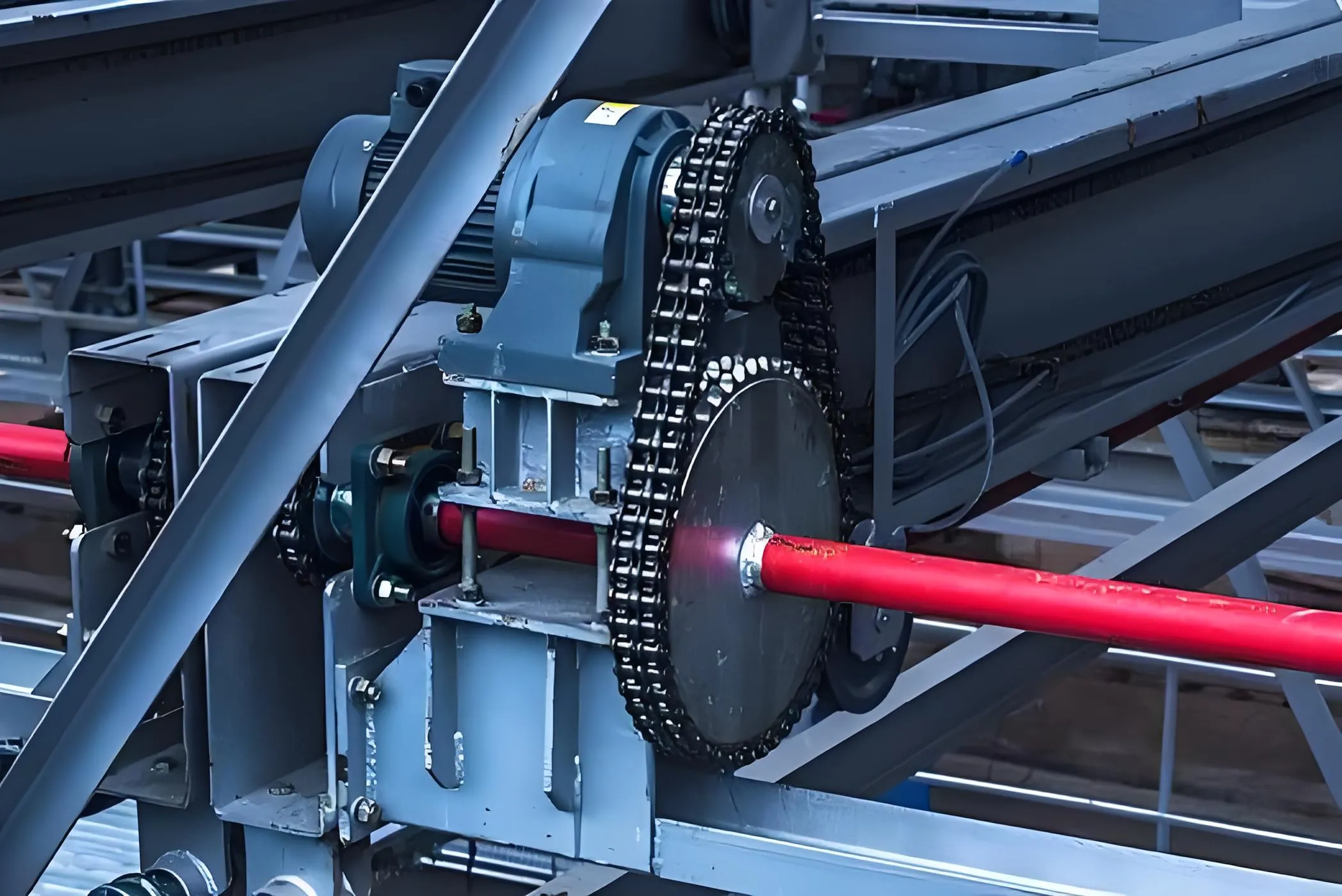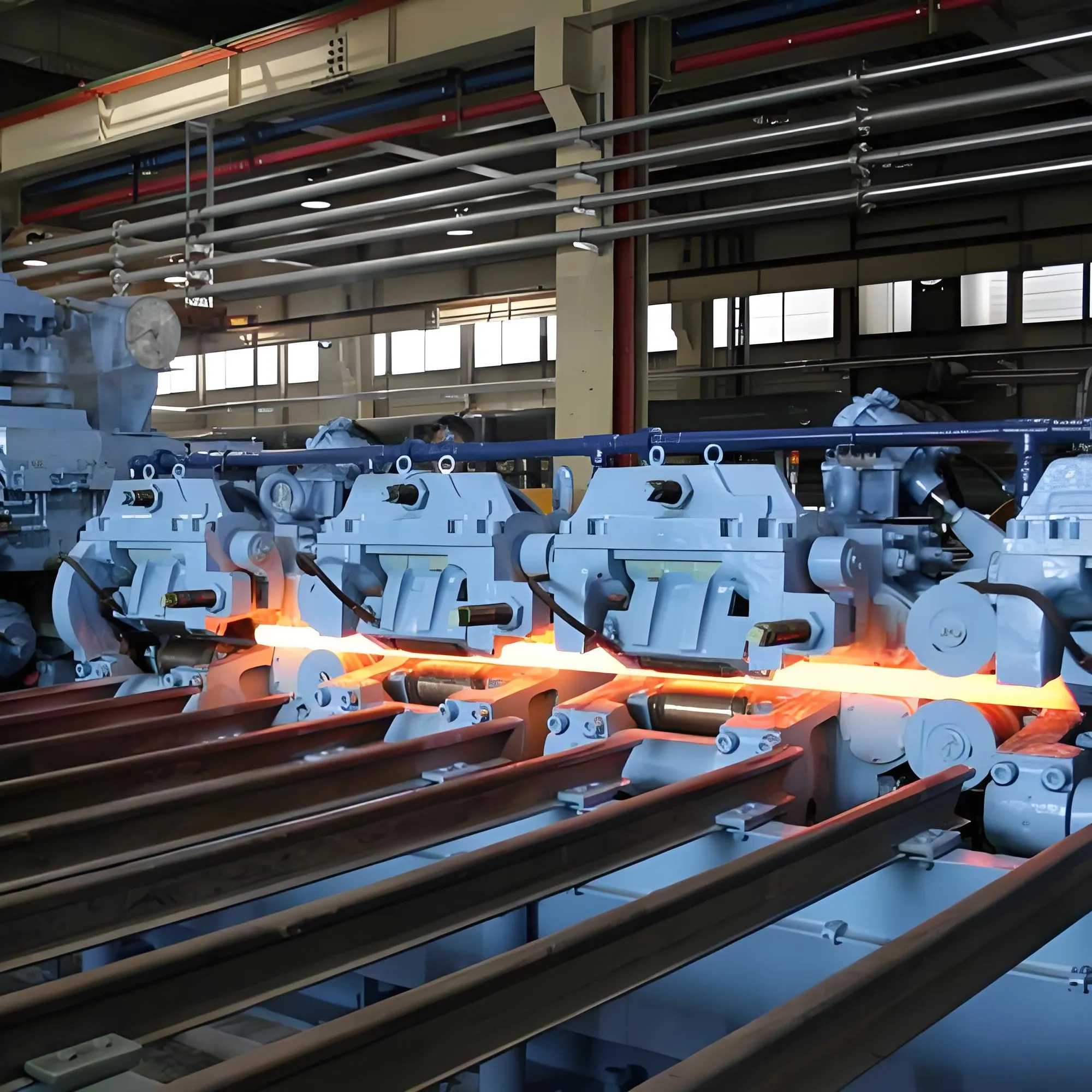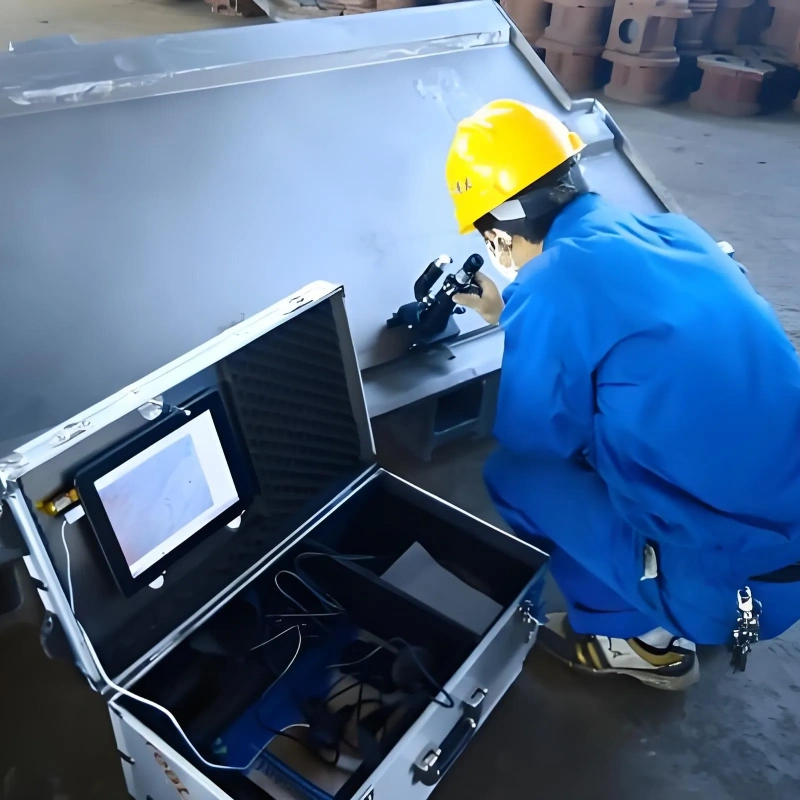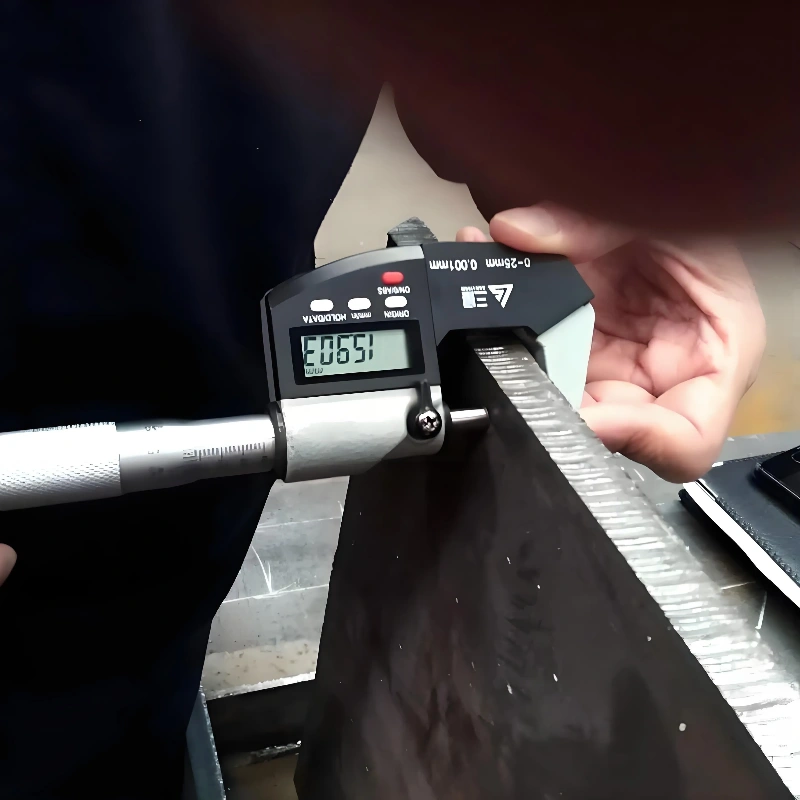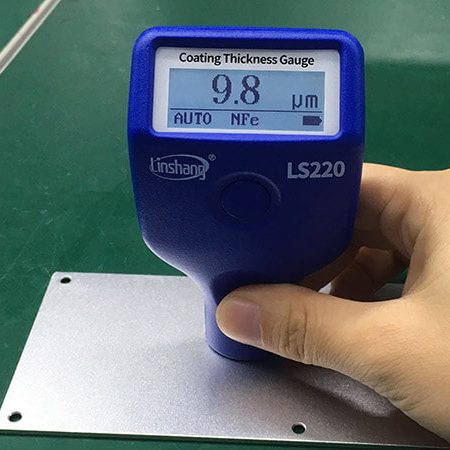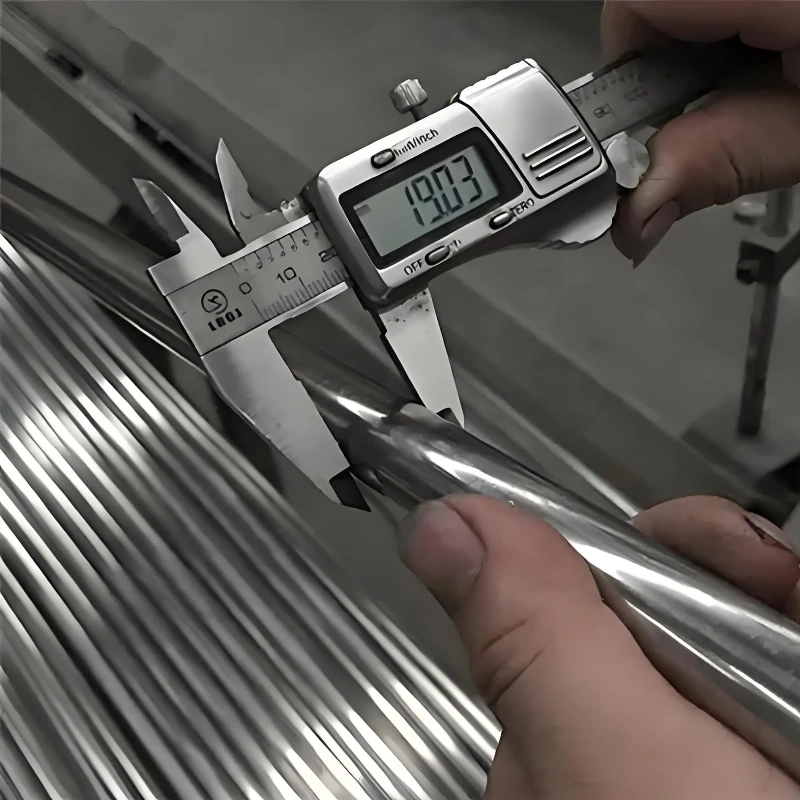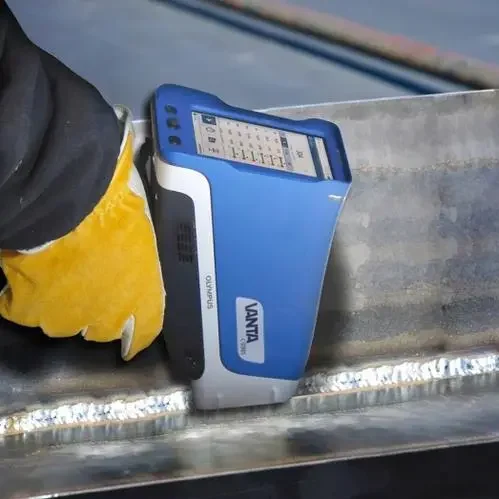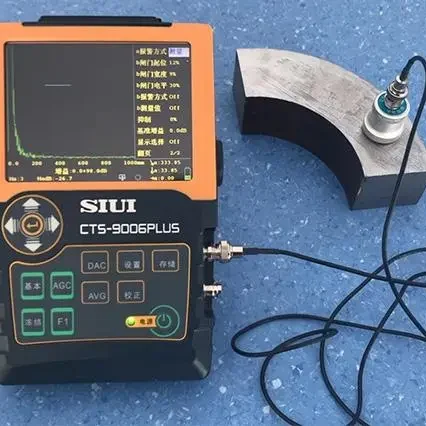- Tel: +8617353839397
- Email: [email protected]
- Hebei Province
If you are interested in cooperation, please contact us immediately, we will give you feedback as soon as possible!
Carbon steel H beam is made of high-quality carbon steel with high strength and good stability. Its cross section is H-shaped, with reasonable structure and strong bearing capacity. The surface has been finely treated to prevent rust and wear. Widely used in construction, bridges and other fields, such as the support structure of large factories, it is a reliable choice for engineering construction.
![]() Whatsapp :+86 17353839397
Whatsapp :+86 17353839397
![]() Email : [email protected]
Email : [email protected]
| Product Name | H beam |
|---|---|
| Size | 1.Web Width (H): 100-900mm |
| 2.Flange Width (B): 100-300mm | |
| 3. Web Thickness (t1): 5-30mm | |
| 4. Flange Thickness (t2): 5-30mm | |
| Length | 1m – 12m , or according to your requests. |
| Standard | GB ASTM, JIS, SUS, DIN, EN etc |
| Material | Q235B Q345B Q420C Q460C SS400 SS540 S235 S275 S355 A36 A572 G50 G60 |
| Technique | Hot rolled |
| Application | Construction structure |
| Price Item | FOB、CIF、DDU、FCA、EXW ,.etc |
| Packing | Export standard packing or according to customers’ requirement |
| Supply Ability | Within10-15 workdays,25-30days when the quantity beyond 1000tons |
1. Density:
about 7.85 g/cm3, belongs to the high density metal material, which makes it have a larger mass under the same volume, so that it can provide stable support in the structure.
2. Melting point:
generally in the range of 1495 – 1539 degrees Celsius, which determines its use limit and processing conditions in high temperature environment.
3. Thermal expansion coefficient:
relatively large, the size change is more obvious when the temperature changes, in the design and application need to consider the influence of thermal expansion and contraction on the structure.
4. Magnetic:
Most carbon steel H beams have obvious magnetic properties, this property may be exploited in some specific electromagnetic applications.
5. Acoustic performance:
It has certain characteristics for the transmission of sound and needs to be considered in some situations where sound insulation or acoustic control is required.
1. Reaction with oxygen:
In the air, the surface will gradually form an oxide layer. If the environment is humid or rich in corrosive gases, the oxidation rate will be accelerated.
2. Reaction with acid:
It is easy to react violently with strong acids (such as hydrochloric acid, sulfuric acid) to produce hydrogen gas and corresponding salts.
3. Reaction with alkali:
Under certain conditions, it will chemically react with strong alkali, especially in high temperature and concentrated alkali solution.
4. Electrochemical corrosion:
In the electrolyte solution, due to the difference in electrode potential in different parts, electrochemical corrosion is prone to occur, resulting in damage to the material.
